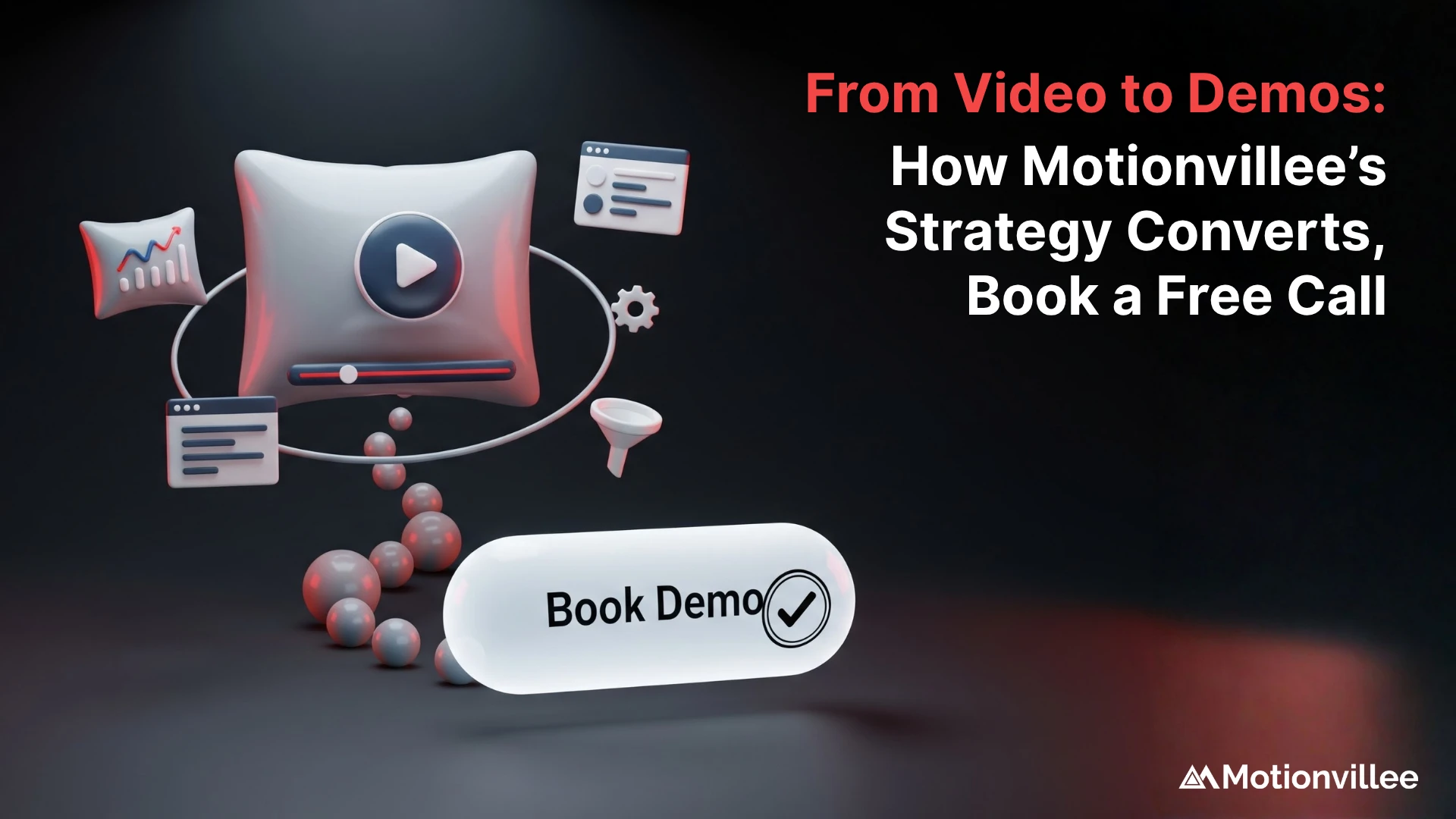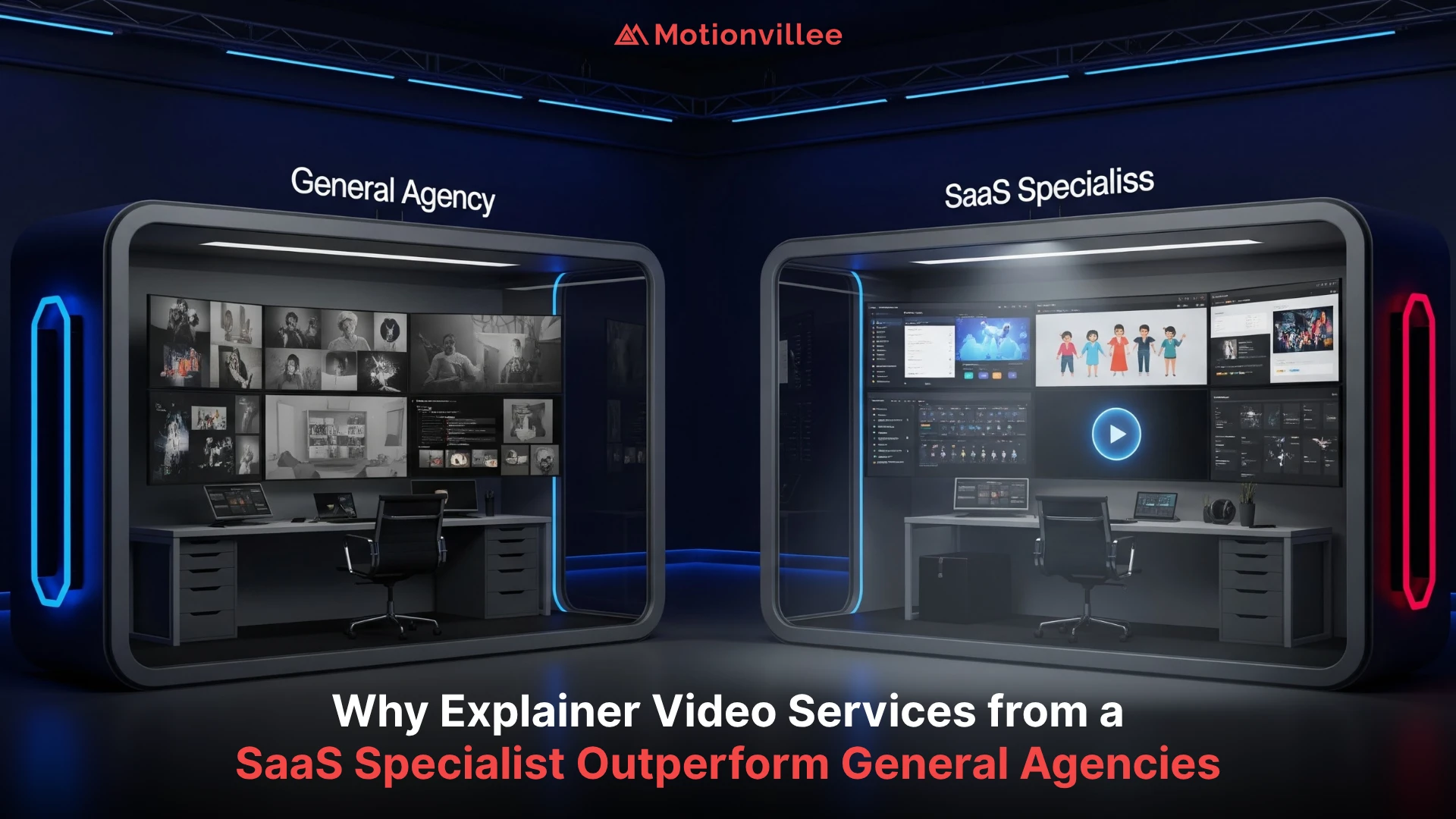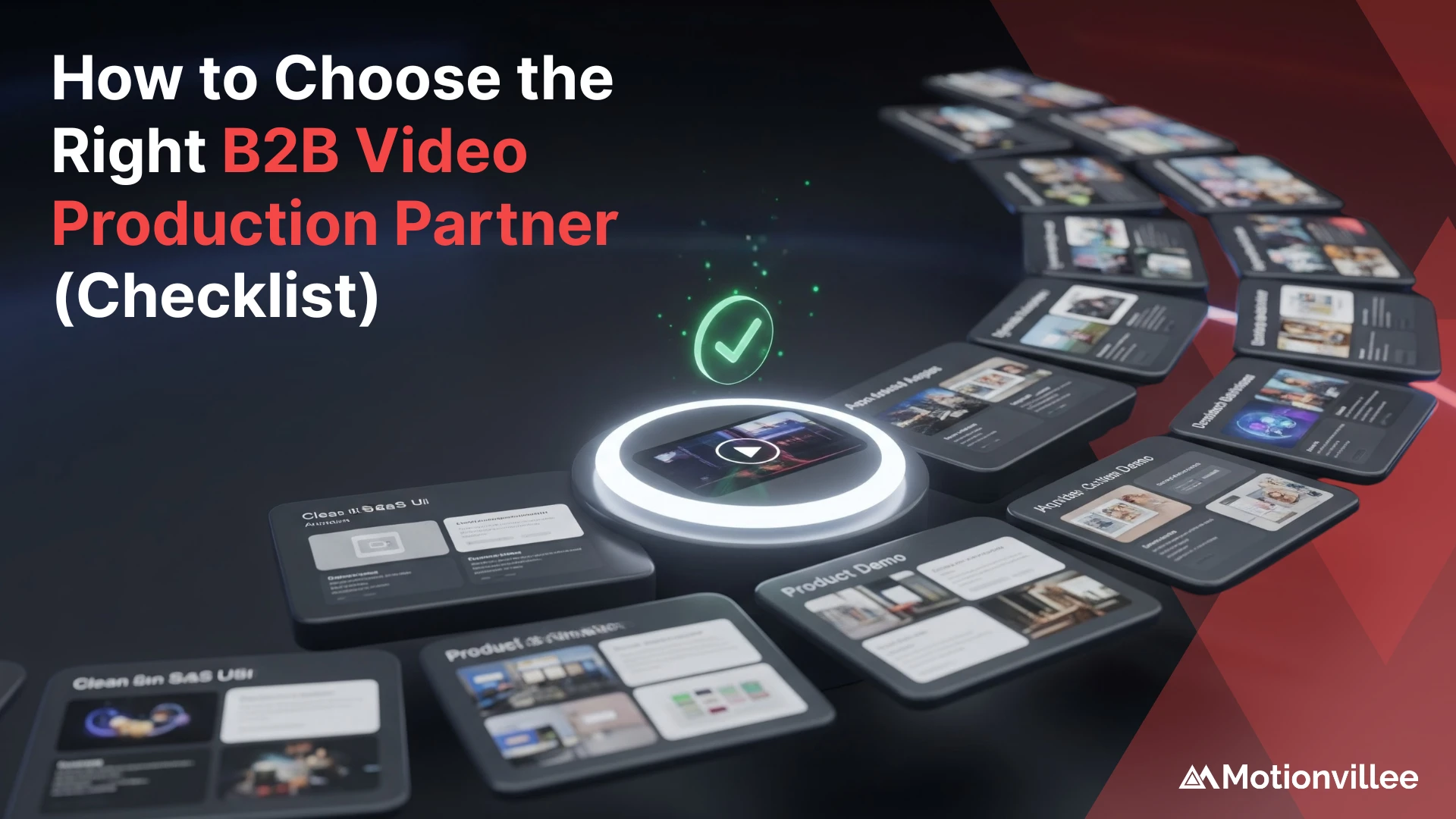Many SaaS brands believe hiring a SaaS storyteller and hiring a videographer are the same thing. In reality, they are very different roles, and understanding that difference can change the impact of your marketing. A videographer focuses on capturing visuals. A SaaS storyteller focuses on crafting a message that resonates with your audience, aligns with your brand, and drives measurable results.
In B2B SaaS, simply having a great-looking video is not enough. Your prospects need clarity, connection, and confidence before they take the next step. That requires more than technical skills, it requires strategy and storytelling.
In this blog, we will share 12 reasons why a storytelling approach delivers better outcomes for SaaS brands. By the end, you will see why the right partner does more than shoot footage, they shape the message that moves prospects to act.
Videographer vs SaaS Storyteller – Key Differences
A videographer’s role is primarily technical. They:
- Operate cameras and lighting equipment
- Capture footage based on a set brief
- Edit video for polish and presentation
This is valuable, but it only covers the production side. In contrast, a SaaS storyteller works at the strategic and creative level. They:
- Understand your product, market, and customer pain points
- Align your messaging with your buyer journey and sales goals
- Structure the narrative so the video supports awareness, engagement, and conversion
This difference is critical in B2B SaaS marketing. A SaaS video must do more than look professional, it has to guide prospects toward understanding and buying your solution. That is where storytelling turns content into a sales asset.
Storytellers also understand how to use formats like Explainer Video to break down complex SaaS products into simple, relatable concepts. They know when to emphasize benefits over features, when to integrate proof points, and how to tailor the message for different funnel stages.
In short, a videographer gives you a polished video file. A SaaS storyteller gives you a strategic, conversion-focused asset that works across campaigns, channels, and buyer touchpoints. This difference is why storytelling should be at the heart of your SaaS video strategy.
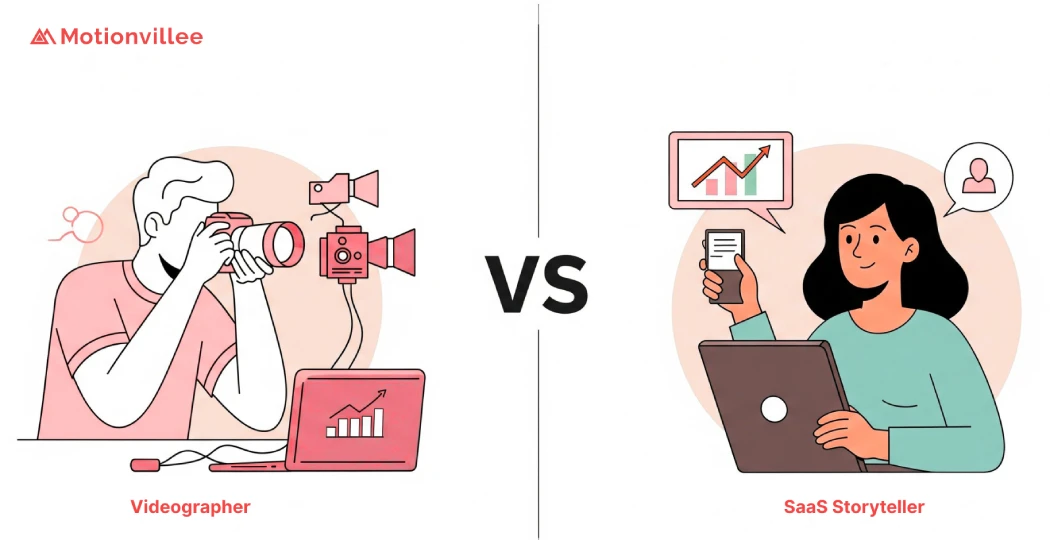
12 Reasons You Need a SaaS Storyteller, Not a Videographer
A SaaS storyteller does much more than film and edit. They build content that speaks directly to your buyers, aligns with your sales goals, and delivers results across every channel. Here are 12 reasons why a storyteller approach is far more powerful than relying on a traditional videographer.
Reason 1. Understands the SaaS Buyer Journey
A SaaS storyteller knows that messaging must change depending on whether your audience is in the awareness, consideration, or decision stage. They create a SaaS marketing video for each stage, ensuring that early prospects get education, mid-funnel leads see value demonstrations, and late-stage buyers receive proof that drives them to act.
Reason 2. Builds a Clear Narrative Around Your Product
Storytelling is the glue that holds attention. With storytelling in SaaS videos, your product is not just shown, it is positioned as the hero in the customer’s journey. A SaaS storyteller ensures every scene moves the viewer toward understanding and wanting your solution.
Reason 3. Simplifies Complex SaaS Solutions
SaaS products often have multiple features and integrations. A storyteller can explain SaaS product through video in a way that is easy to grasp. They use Product Overview Video techniques to make sure the benefits are clear without overwhelming the viewer.
Reason 4. Focuses on Value, Not Just Features
A videographer might highlight product features, but a SaaS storyteller focuses on the transformation those features create. They tie your solution to ROI, efficiency gains, or competitive advantages, all of which matter more to decision-makers than a technical spec list.
Reason 5. Creates Content for Every Funnel Stage
With a defined SaaS video strategy, a storyteller ensures you have videos for awareness, nurture, and sales enablement. By combining strategic messaging with B2B Video expertise, they help you engage leads at each step of the journey.
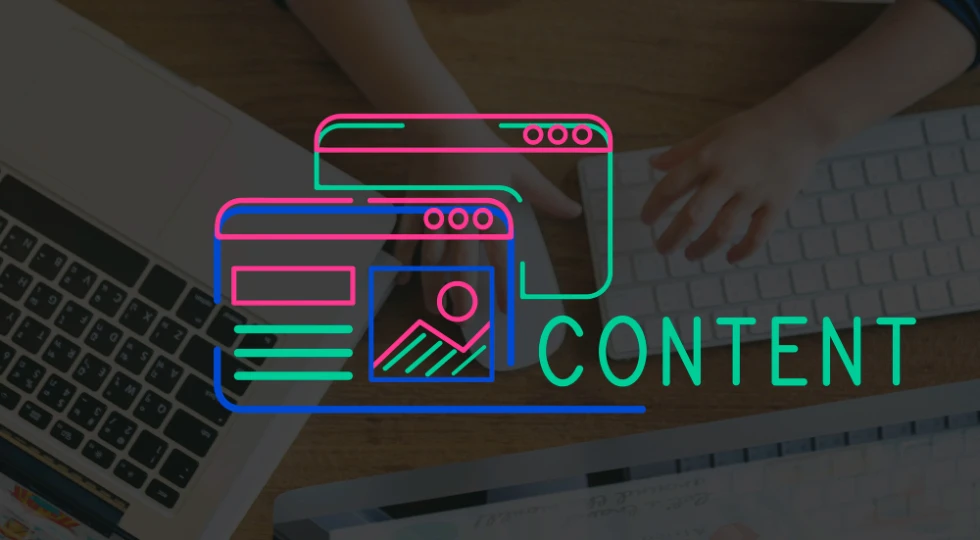
Reason 6. Optimizes for Conversions
A SaaS storyteller knows how to use CTAs, structure, and emotional triggers to get results. They create a SaaS video for lead generation that moves viewers from interest to action without feeling like a hard sell.
Reason 7. Integrates with Overall Marketing Strategy
They do not work in isolation. A SaaS storyteller collaborates with your marketing, sales, and customer success teams so the video content fits into broader campaigns, events, and outreach. This integration ensures the messaging is consistent and effective.
Reason 8. Plans for Multi-Channel Use
Your video should work on your website, in email campaigns, as ads, and on social platforms. A storyteller designs assets for cross-platform reach, using Social Media Video formatting and creative adjustments so your message performs everywhere.
Reason 9. Knows How to Connect Emotionally
Facts tell, but emotions sell. An experienced SaaS storyteller uses emotional storytelling in SaaS to help viewers connect with your brand on a deeper level, building trust and loyalty before the sales call even happens.

Reason 10. Maintains Brand Consistency
Every video they create matches your tone, style, and messaging guidelines. This consistency reinforces your brand identity, making you more memorable in a competitive market.
Reason 11. Uses Proof and Social Validation
Storytellers weave in real customer results and feedback through SaaS testimonial videos and Corporate Video case studies. By showing prospects who already trust you, they remove doubts and encourage action.
Reason 12. Focuses on Long-Term Impact
A SaaS storyteller creates evergreen content that works beyond a single campaign. These videos can be repurposed, clipped, and adapted, giving you ongoing value and keeping your sales pipeline fed months or even years after launch.
How to Shift from Videography to SaaS Storytelling
Making the move from hiring a videographer to working with a SaaS storyteller starts with a mindset change. It is not just about recording visuals, it is about building a strategic narrative that serves your audience and business goals.
Steps to get started:
- Audit your current video library to see if the content aligns with your buyer journey stages.
- Define your key messages so that every video has a clear purpose and outcome.
- Map your videos to your sales funnel, ensuring you have content for awareness, consideration, and decision stages.
- Work with a partner who understands SaaS inside and out. They should know how to connect your product to real business outcomes and speak the language of your buyers.
- Focus on story structure before production so the shoot is guided by a narrative, not just visuals.
Shifting to storytelling is an investment in strategic thinking. The right partner will bring both technical skill and market insight to make your videos work harder.
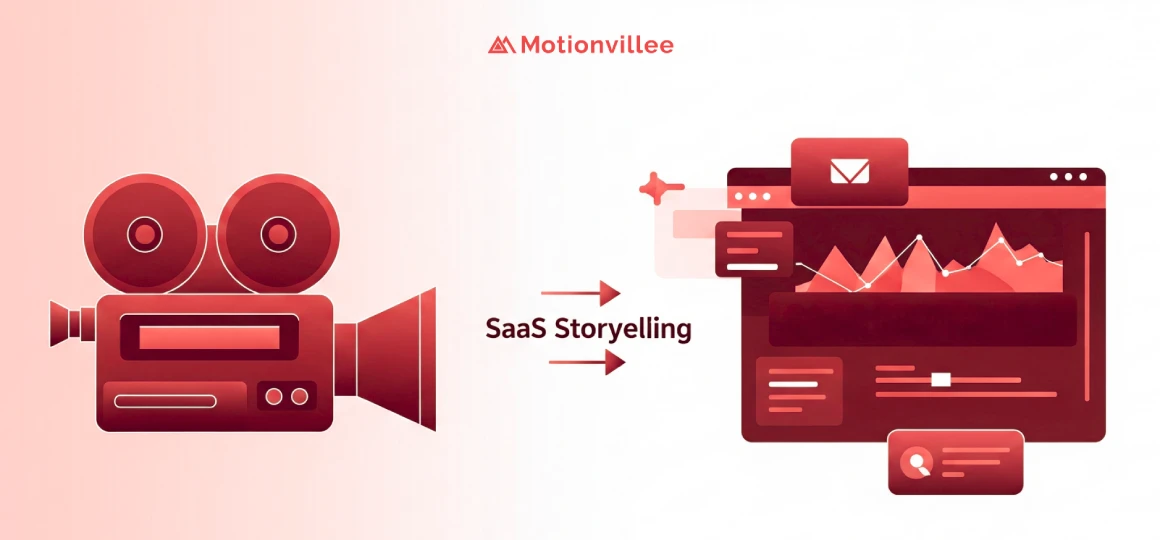
Invest in Stories, Not Just Footage
A B2B video storytelling approach delivers more impact, more engagement, and more ROI than pure videography. It turns your videos into assets that do more than look good, they educate, inspire, and convert.
If you want your SaaS content to truly resonate, you need videos that guide prospects from curiosity to commitment. This is where a storytelling mindset changes everything.
Now is the time to review your current video strategy. Ask yourself whether your videos are telling a complete story or just showing footage. If you are ready to connect with your audience in a more meaningful way and drive measurable results, schedule a call with Motionvillee. We specialize in SaaS storytelling that blends creativity with strategy to move prospects toward action.






